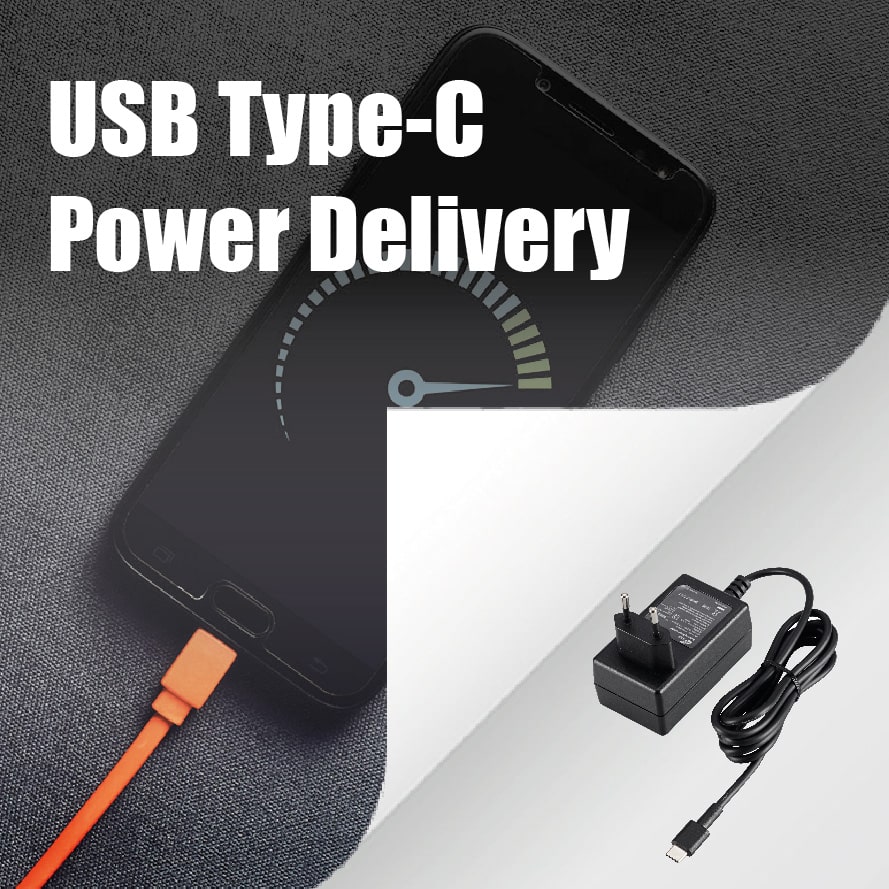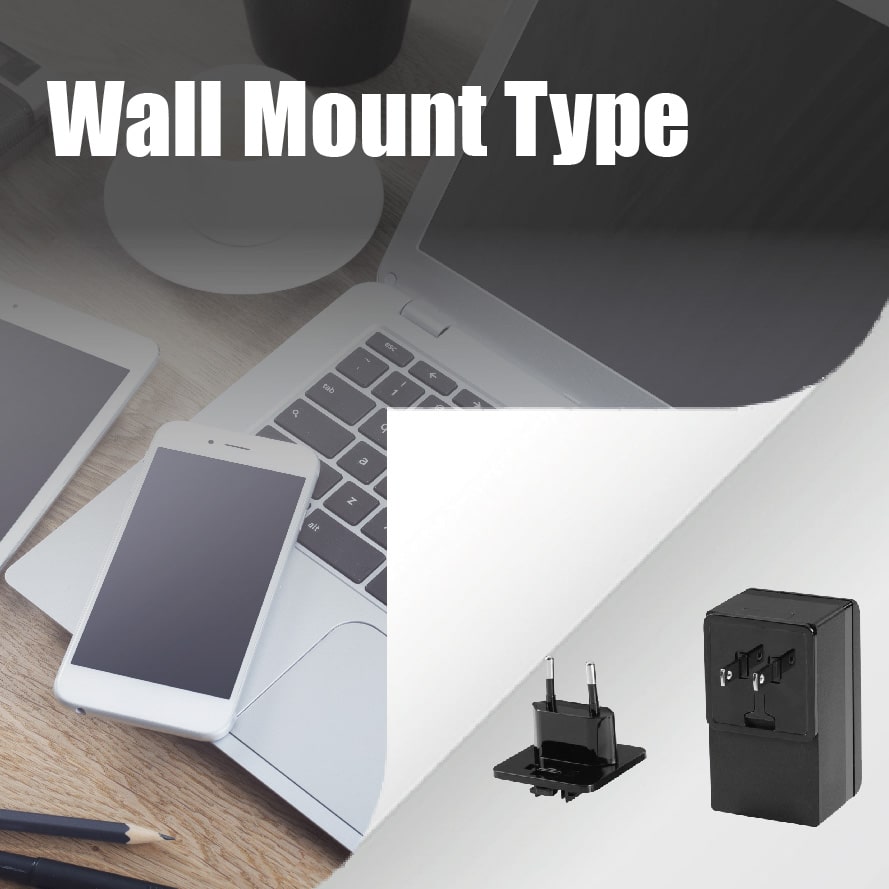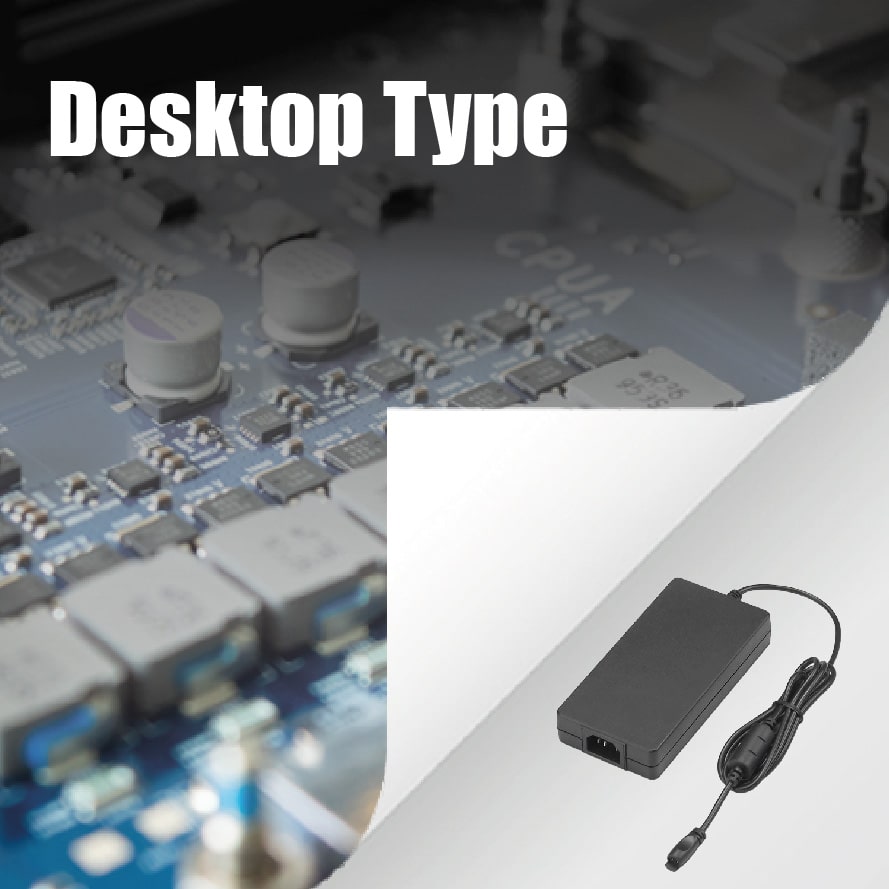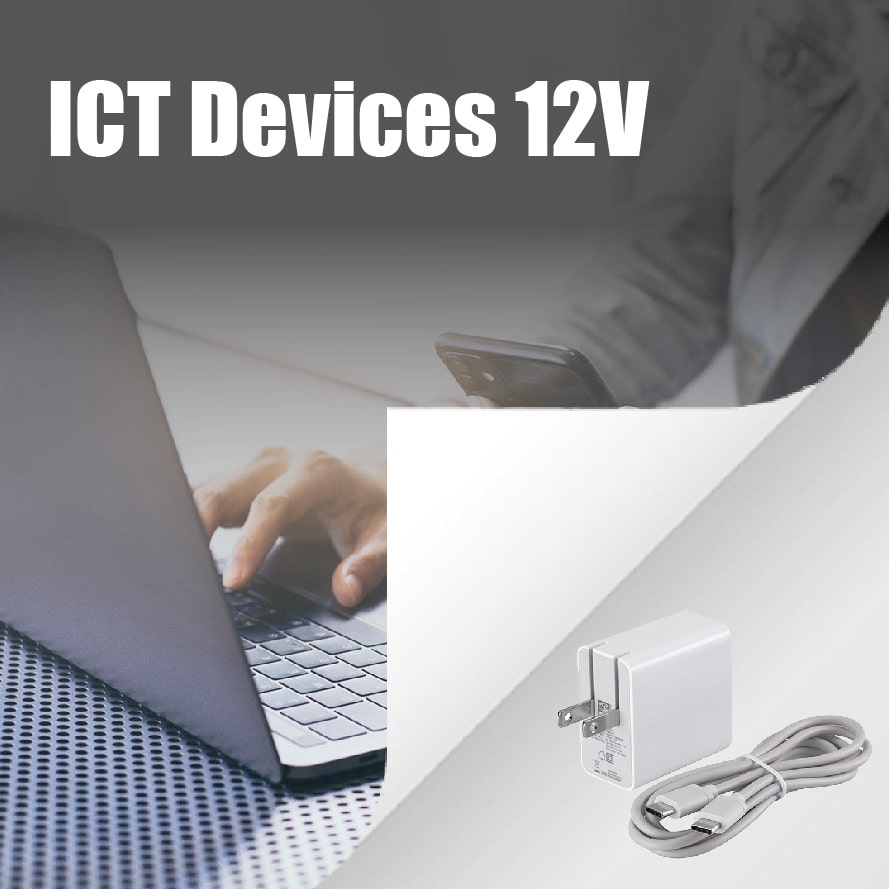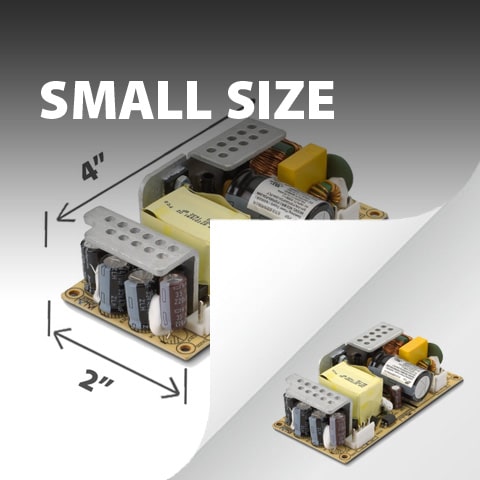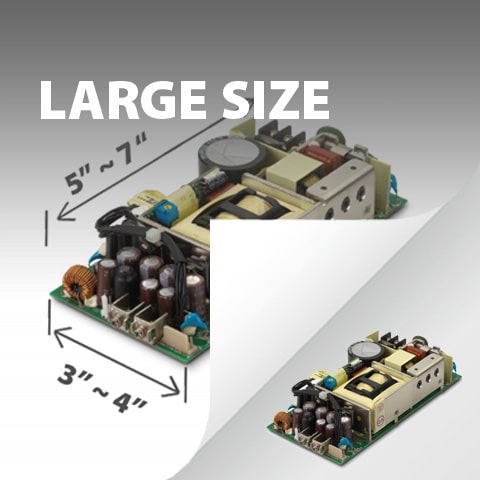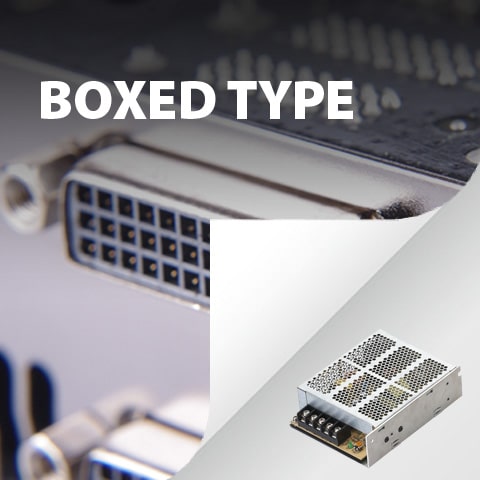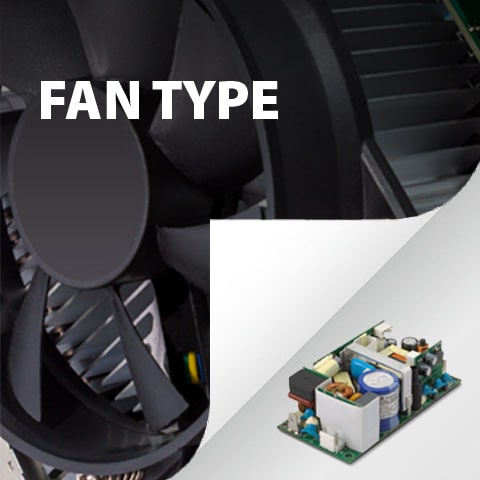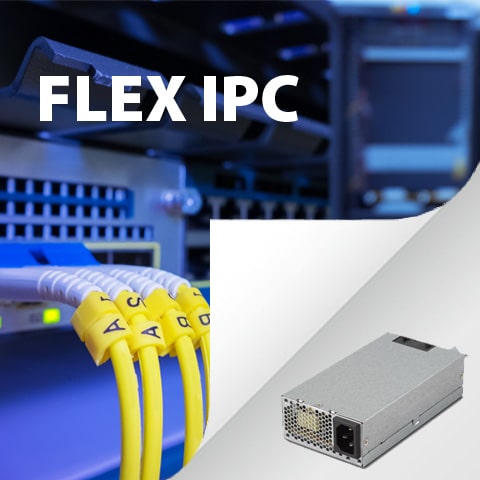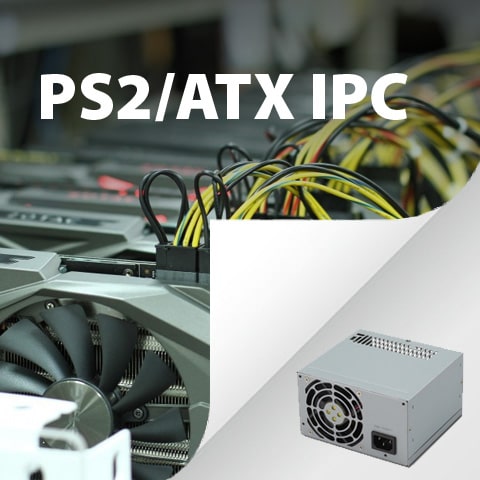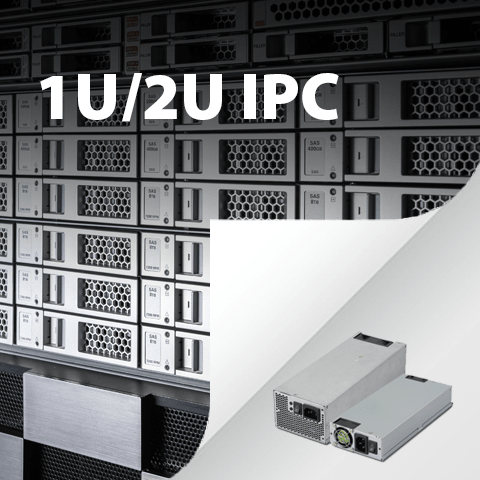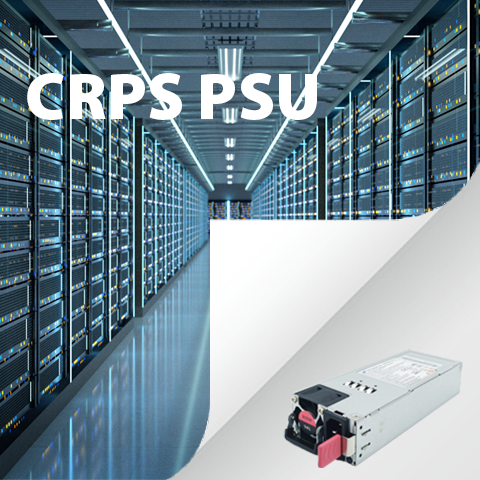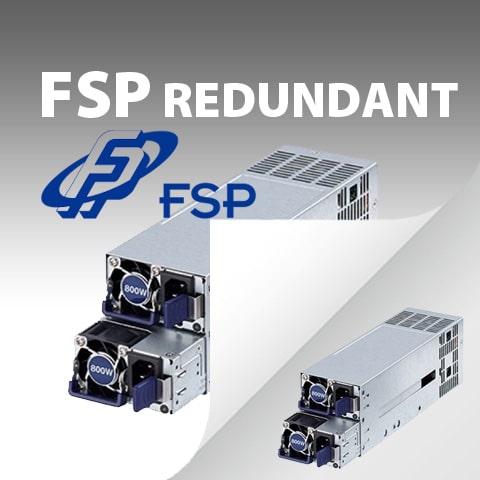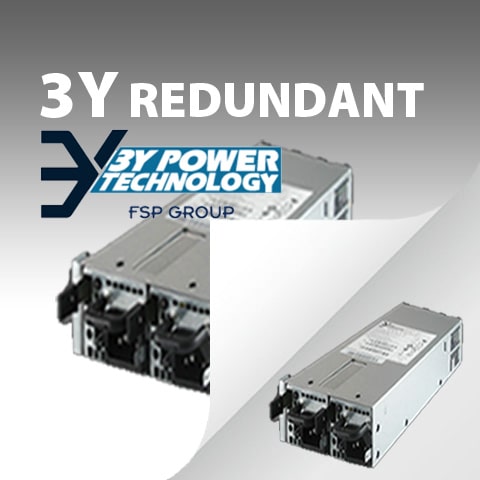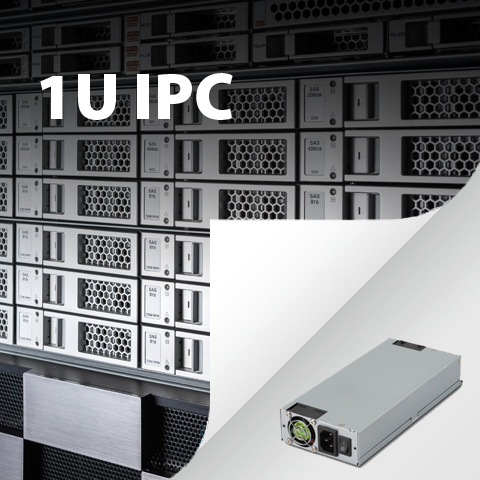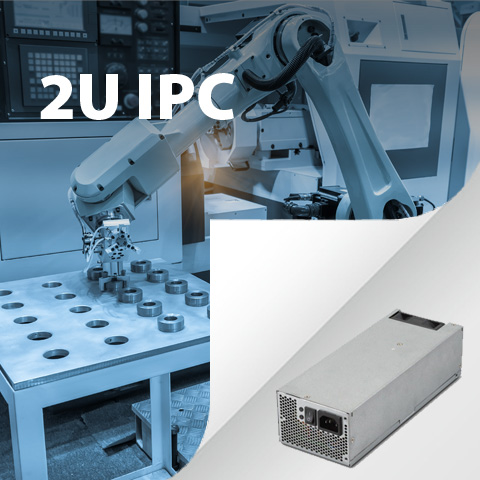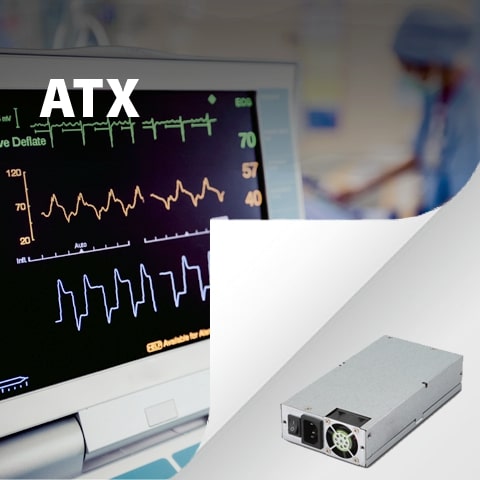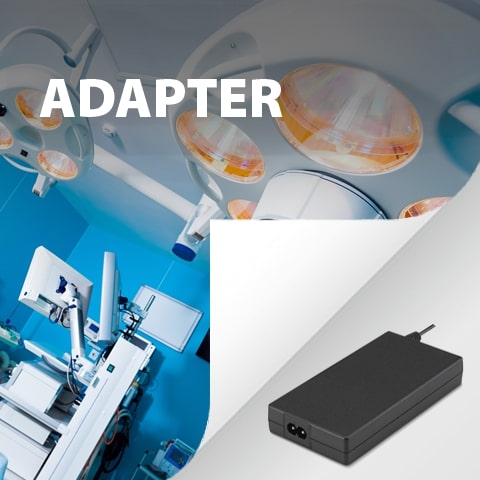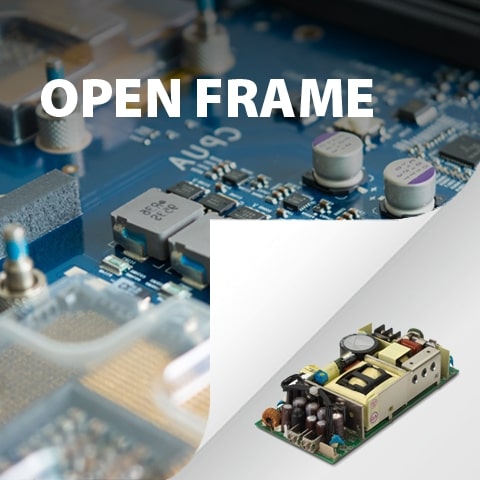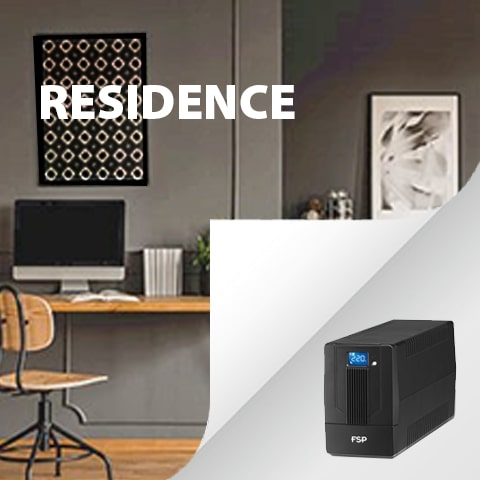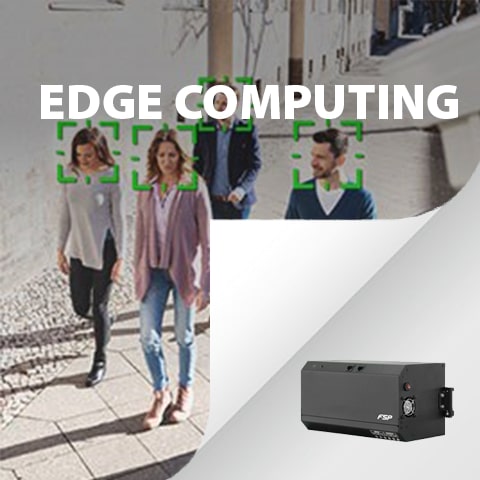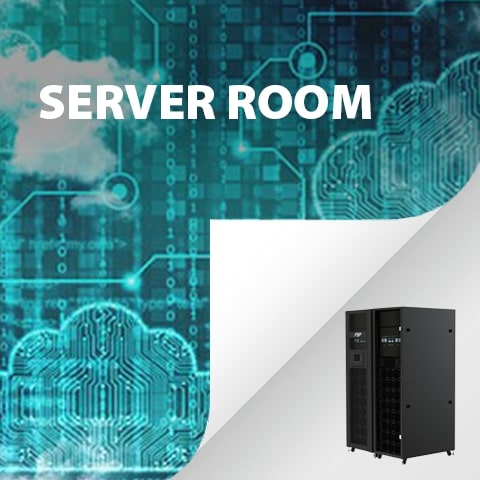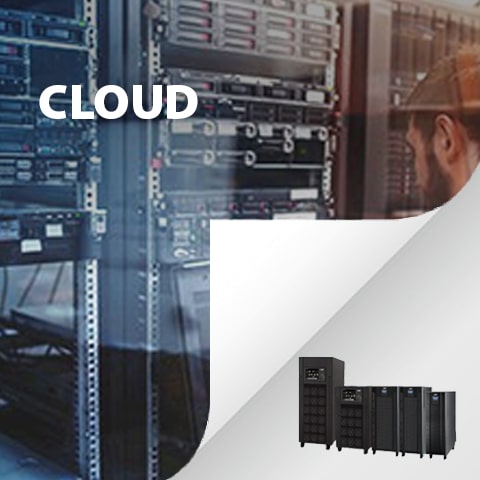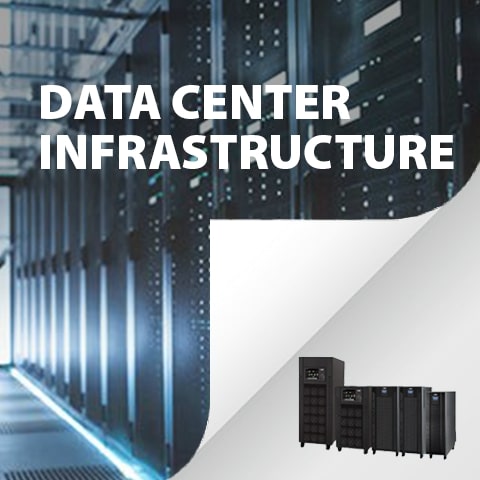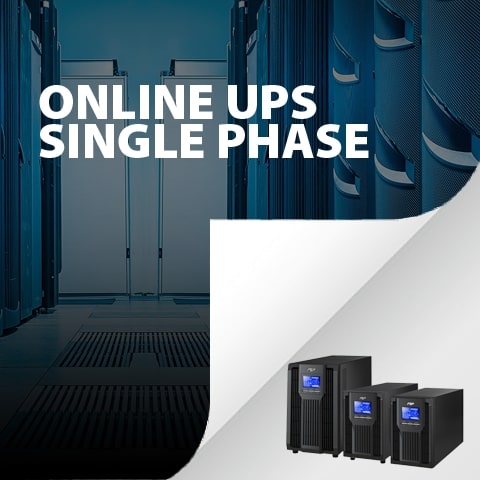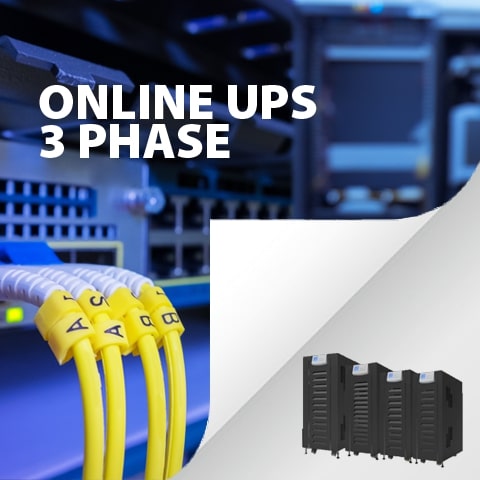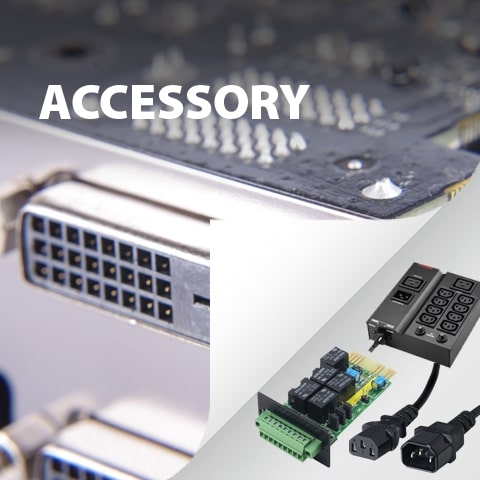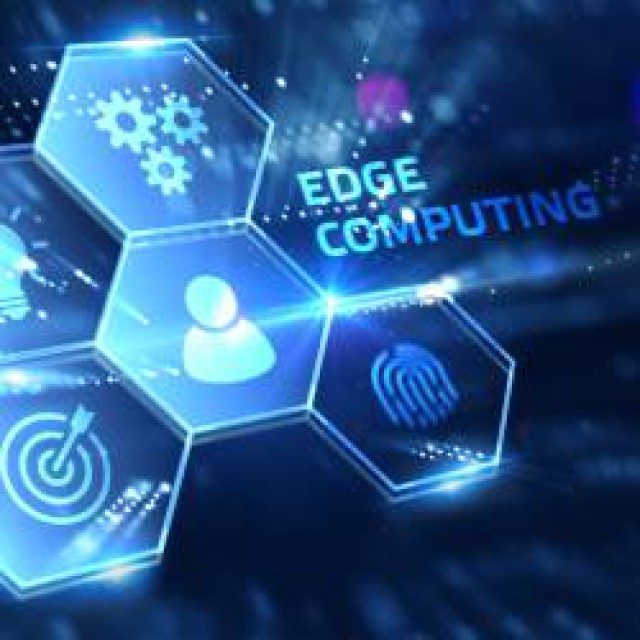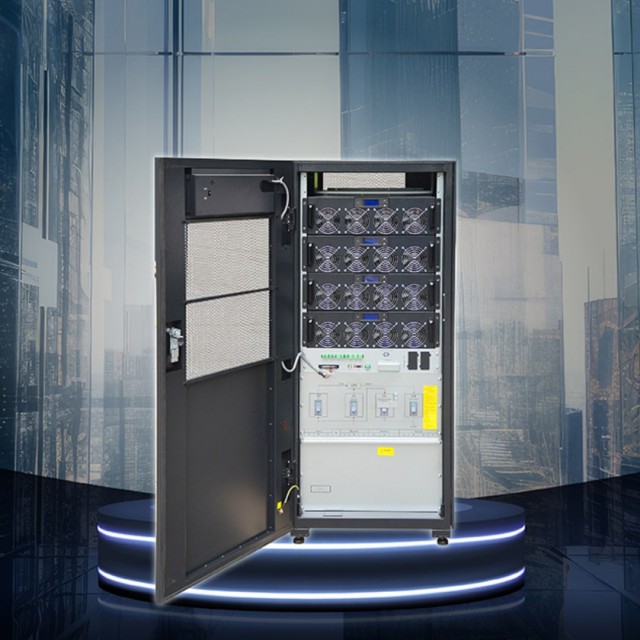What Is Edge Computing & How Does It Work? A Deep Dive Into Edge Computing
The country is full of small-scale server operations. These operations are connected to each other through a network of fiber optic cables allowing for speedy and quality communication. This means that, in theory, the power and output of these small server operations are just as capable of providing the necessary value to the end-user, as one huge data center. This is an introduction into edge computing.
What is Edge Computing?
Edge computing is the process of storing individual user data as near to the source as possible. This could be at the periphery, or the edge, of an associated network. Many opportunities arise for the positioning of servers at the edge of a network, as well as data storage and processors. Due to the fact this data is closer to the user, it means it minimizes latency. This is a distributed I.T. network that ultimately leverages the minimal distance required. It increases the speed of service, and this generates the associated heightening of value.
How Does Edge Computing Work?
Location is the primary concern in edge computing. Due to the rapid rise of devices and the amount of data being transferred through the Internet, traditional data centers are struggling to keep up. Therefore, the focus is now being targeted to the infrastructure’s logical edge, relocating resources to the point of data generation. In essence, instead of data traveling to the data center, the data center is repositioned closer to the data. However, closer does not necessarily mean physically closer, it means closer in terms of the network and routing. Depending on the number of service providers a business utilizes, such as the cloud, etc., there could be many systems all potentially able to be the edge. Nevertheless, storage and servers are set up where the data is. All this requires is a small amount of computing setup to operate a remote LAN. Computing gear is applied to the network and protected against environmental factors in various ways. When the data is processed, the data stream is normalized and analyzed for business intelligence. The results of this are the only pieces of data that are rerouted back to the main data center.
Benefits of Edge Computing (e.g. minimal latency, simplified maintenance)
There are many benefits of edge computing as it targets problems in the existing infrastructure:
- Autonomy - it processes data on a local network reducing the sheer amount of data that needs to be sent and received. This means you need less bandwidth and connectivity time.
- Data Jurisdiction - by keeping data close to the source, there are fewer problems associated with the crossing of national borders, boundaries, and sovereign laws. This means that edge computing creates fewer legal issues, including security and privacy.
- Security - edge deployment allows data to be encrypted when it travels to the cloud or to the data center. Also, edge computing can be strengthened against cybercrime, such as hacking. This is even possible if the IoT devices are limited in terms of security capability.
- Minimal latency - due to processors being available close to where the data will be used improves processing time. It also enables real-time analytics. The opportunities for new markets are exponential.
- Simplified maintenance - micro-data centers (µDC) are tiny, can be transported on the back of a truck, and are created with as much accessibility and modularity as possible.
- Reduced cooling costs - large data centers can cost a lot to cool. However, cooling a range of smaller data centers could cost a lot less, at least in theory.
Climate consciences - it is possible that many smaller data centers will use less energy than one huge data center if edge could appropriately maximize accuracy and efficiency within its computerizations.
Edge Computing Use Cases and Examples
There are many industries where decentralization of data storage, closer to where it is needed, is useful:
- Autonomous vehicles - due to the ultra-low latency of edge computing, it will be possible for a convoy of trucks to only need one - the lead truck - driver.
- Patient monitoring - there are several in-hospital opportunities for edge computing. First, it would mean that there is less need for third-party storage systems. By processing data locally, there is more patient privacy. It would also mean that there would be better notifying of patient vitals. In addition, it would create a complete view of patients’ dashboards.
- Smart homes - instead of systems having to send and receive data to the main storage hub, having edge technology implemented in smart homes will have more feasibility. They will have less latency, more security, and less backhaul costs. Voice commands will work quicker, like in real-time, for example.
- Traffic management - as the reads become increasingly busy, there is a clear need for smarter systems. Edge computing can help by optimizing traffic in the city, by opening up lanes where and when necessary, and it will be vital in managing autonomous cars.
Edge technology has many useful applications, and listed above are just a few.
Considerations of Choosing Power Supply in these Edge Computing Applications
One problem of edge computing may well be the need for power. It does not matter where the server is, it will require high-powered processors. Other considerations that will need to be made in reference to the power supply options include: installation location, input specification, operation temperature, IP rating (IEC60529) (IP - Ingress Protection), surge requirement, and power connectors. All these variables can affect the efficiency, effectiveness, and ability of the network to run continually, without any meaningful loss of power.
Edge Computing, IoT, and 5G Possibilities
Edge computing is an evolving entity with new technology being brought in all the time. All this enhances its availability, capabilities, and performance. More and more products are being specially made with edge technology. Decentralization of data is the future. 5G will have an effect on edge by increasing its capabilities, such as with the autonomy of vehicles. It will also make wireless networks much more flexible while reducing costs. Due to the fact that the IoT is still rapidly rising, it means that the development of edge computing will evolve alongside it. There will be scope for MMDCs (micro modular data centers) that are already in development and are about the size of a box. These MMDCs can be deployed close to where the data is needed.
FSP's Edge Computing Power Supply Solutions
FSP has many edge computing solutions in operation. They are equipped with appropriate multi-communication technology to enhance any network. They have the best power supply installed and many associated functions. You can easily connect with these data centers and analyze the data schematics to enhance your business functionality.
Related Articles
About FSP
FSP Group is one of the global leading power supply manufacturer. Since 1993, FSP Group has followed the management conception “service, profession, and innovation” to fulfill its responsibilities as a green energy resolution supplier.

